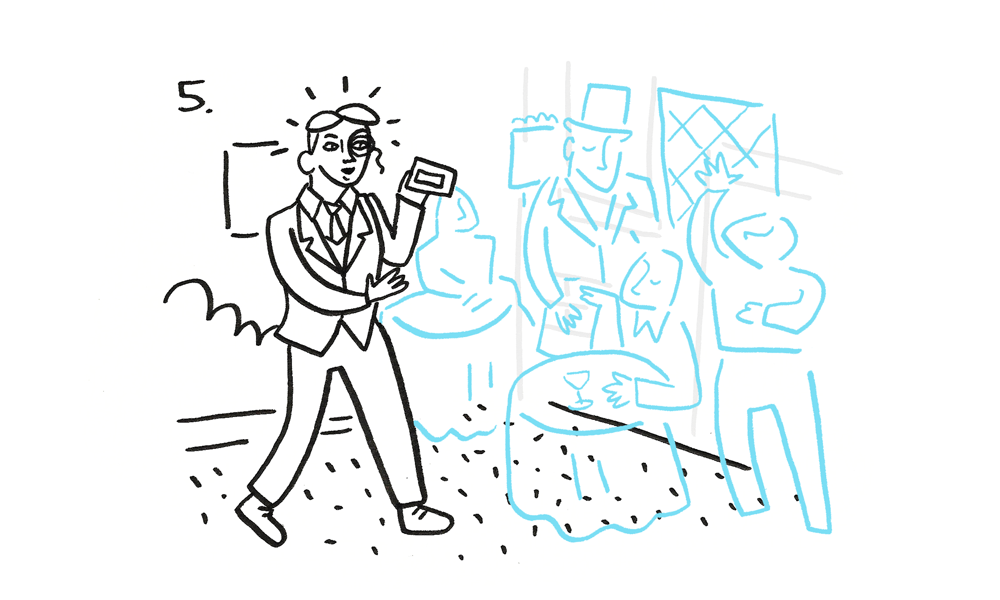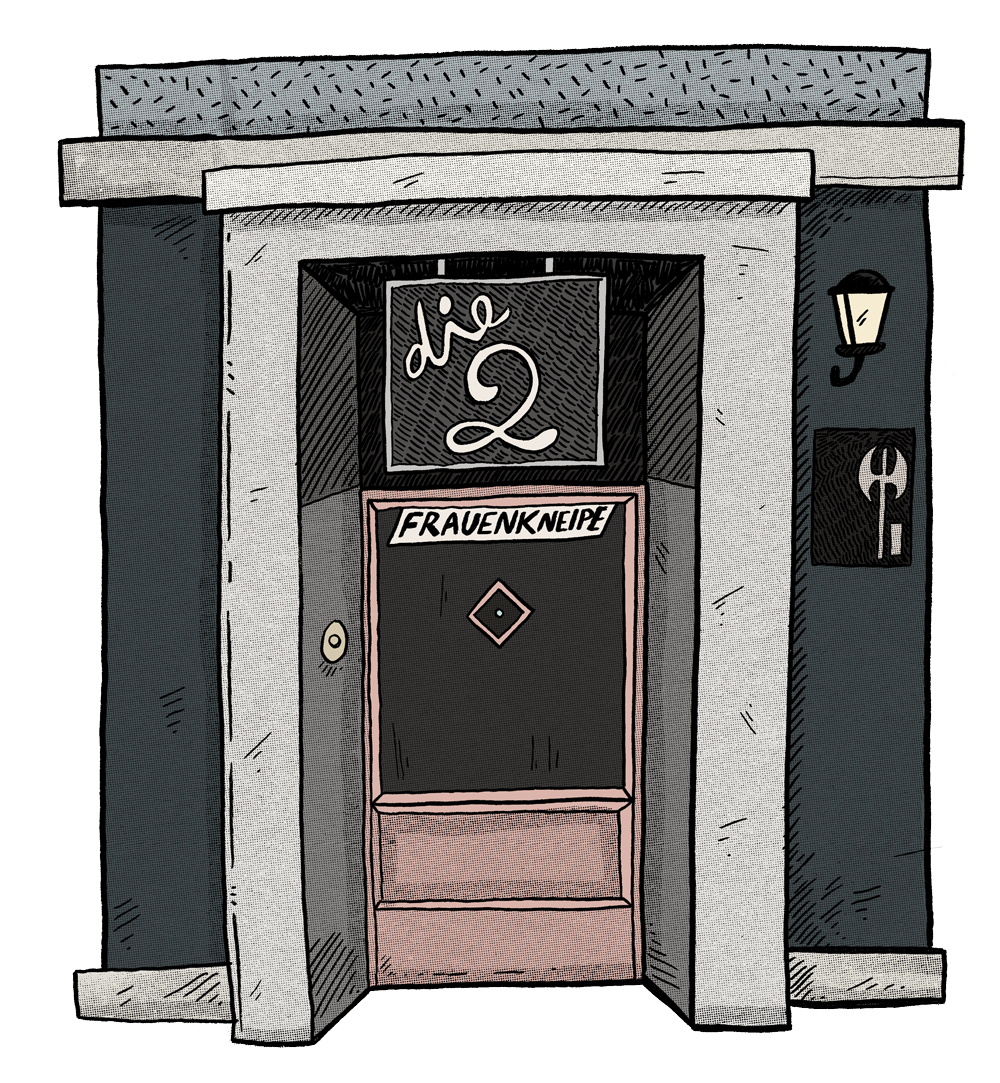Step back into Berlin’s Queer nightlife history with six interactive artworks
Hier ist’s Richtig (This is the place!), from which this project takes it’s name was the slogan of legendary Weimar era nightclub the Eldorado. The following interactive artworks serve to give you a peek into Berlin’s LGBTQ Nightlife history, focusing on six venues. The six chosen locales each tell a distinct story of Berlin Queer life and reflect different time periods, and different expressions of LGBTQ identity. The experience remembers and recreates forgotten queer spaces, allowing you to step back in time and see that Berlin is and has indeed always been ‘the place’!.
Preparation
You will need an iPad or iPhone. Depending on your device, you may need to first download the Adobe Aero App. It is unfortunately not yet possible on Android, but a solution is on the way.
Each scene has a width of about 3 m and a depth of 1 meter, so be in a space that allows for this. The artworks work best in good lighting.
How to Experience
Scan the QR code (or click on the button when viewing this page in mobile) of the bar you’d like to visit.
Aim your device as directed, to find ground for the bar to sit on.
Wait a moment for the scene to fully load
You are now standing in front of the bar. Search for the entrance, where you will find a button to tap, granting you entry
You are now inside the bar, welcome! Pan around the scene in front of you, greet guests and enjoy the evening.
When you’re ready to visit another bar, simply close the experience and start again from step 1.
Zur Katzenmutter
1885-1908, Hallesches Tor, Waterloo Canal
Berlin of the late 1800s was a garrison city full of soldiers looking to make some extra cash. Many turned to homosexual sex work, and solicited in bars such as Zur Katzenmutter. The bar was decorated with cat themed décor. The Waterloo Canal, beside the bar, was a popular hot spot for gay cruising at the time.
Eldorado
1928-1932, corner of Kalckreuthstrasse/Motzstrasse
Probably the most important Queer nightclub of the Weimar era. A space famous for its drag shows, cabaret performances, same-sex dancing and for it’s transgender clientele. Look out in the crowd for writer Christopher Isherwood, performers Anita Berber and Muguette, and influential sexologist Magnus Hirschfeld. In 1933 the space was seized by the Nazi’s and became the headquarters of the SA.
Cafe Domino
1921-1930, Marburger Strasse 13
A bar serving sophisticated butches. Red light filled the room while American jazz played on the piano, cocktails like Cherry Cobbler were served all night, and naked dancers performed at midnight.
Elli’s Bier Bar
1912-1986, Skalitzer Strasse 102
A Kreuzberg pub serving the gay community, artists, sex workers, and people of the local neighbourhood, Elli’s Bier bar was “a meeting point for people who had something to talk about just before dawn” (Kreuzberger Chronicle). It was also the first meeting place of the Berlin leather scene in the 1960s. The pub was subject to multiple police raids over it’s decades-wide span.
Chez Nous
1958-2008, Marburger Strasse 4
The longest running ‘transvestitetheatre’ in West Germany, Chez Nous ran shows every evening by drag queens and transfemme cabaret stars. Chez Nous had a wide reaching reputation, touring throughout Germany, Austria, Switzerland and the Netherlands, and hosted performers from London, Paris and the USA.
Die Zwei
1975-1991, Martin-Luther-Strasse 22
Berlin’s first disco bar for lesbians, and one of Audrey Lorde’s favourite places to dance in Berlin. At one point serving a party every night of the week, Die Zwei played modern music and attracted a younger, politicized lesbian crowd.
The artworks created were informed by materials found at the Spinnboden Archive, and The Schwules Museum Archive, who have my great thanks. Thanks also to Nina Hanz, Dr Finn Ballad, Justin Focus, Hank Bobbit and Yaron Maim for their advice.
Funded by the Federal Government Commissioner for Culture and the Media in the programme NEUSTART KULTUR Module D - Digital Mediation Formats. BKM / NEU START KULTUR / DEUTSCHER KüNSTLERBUND


















